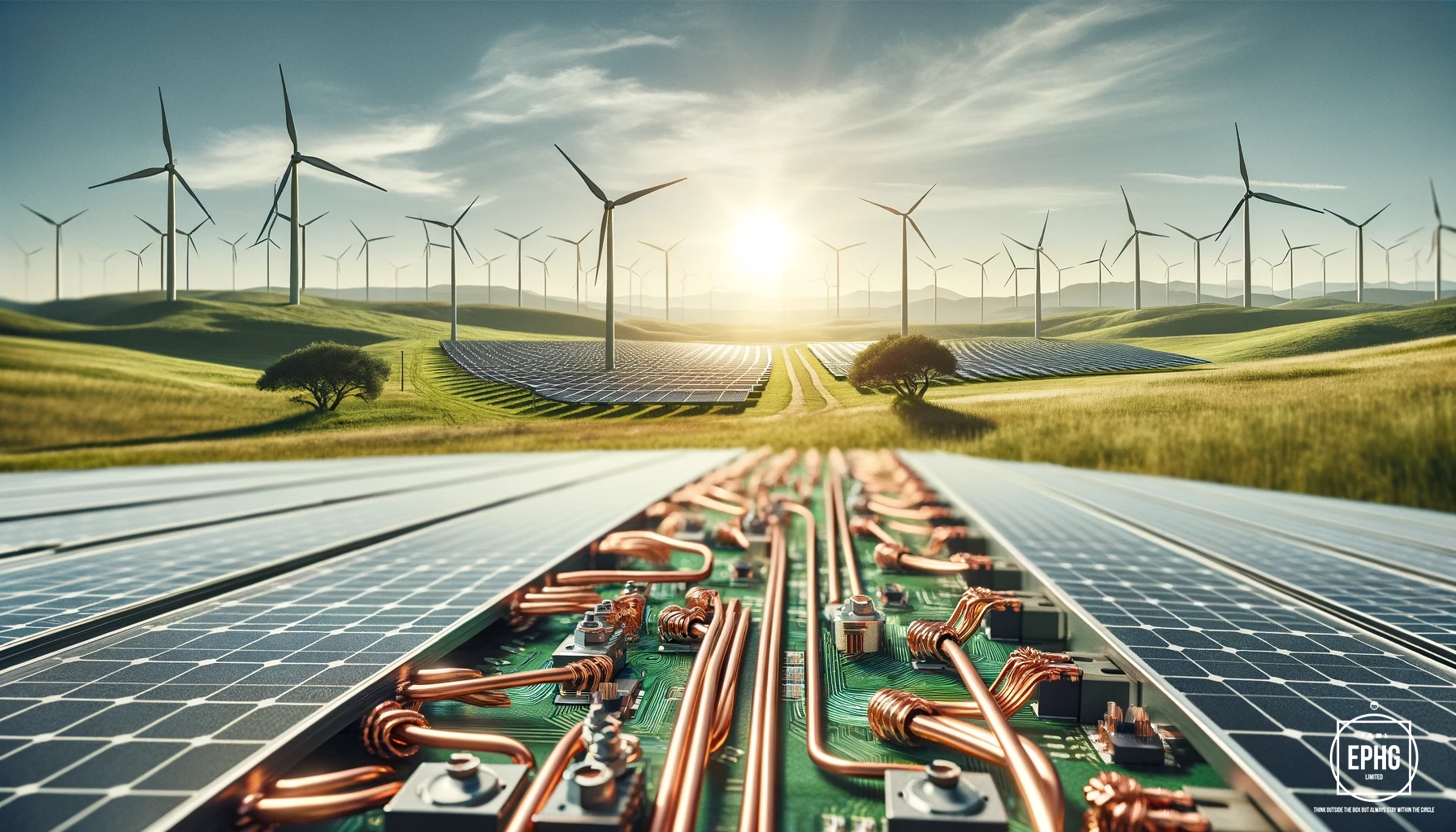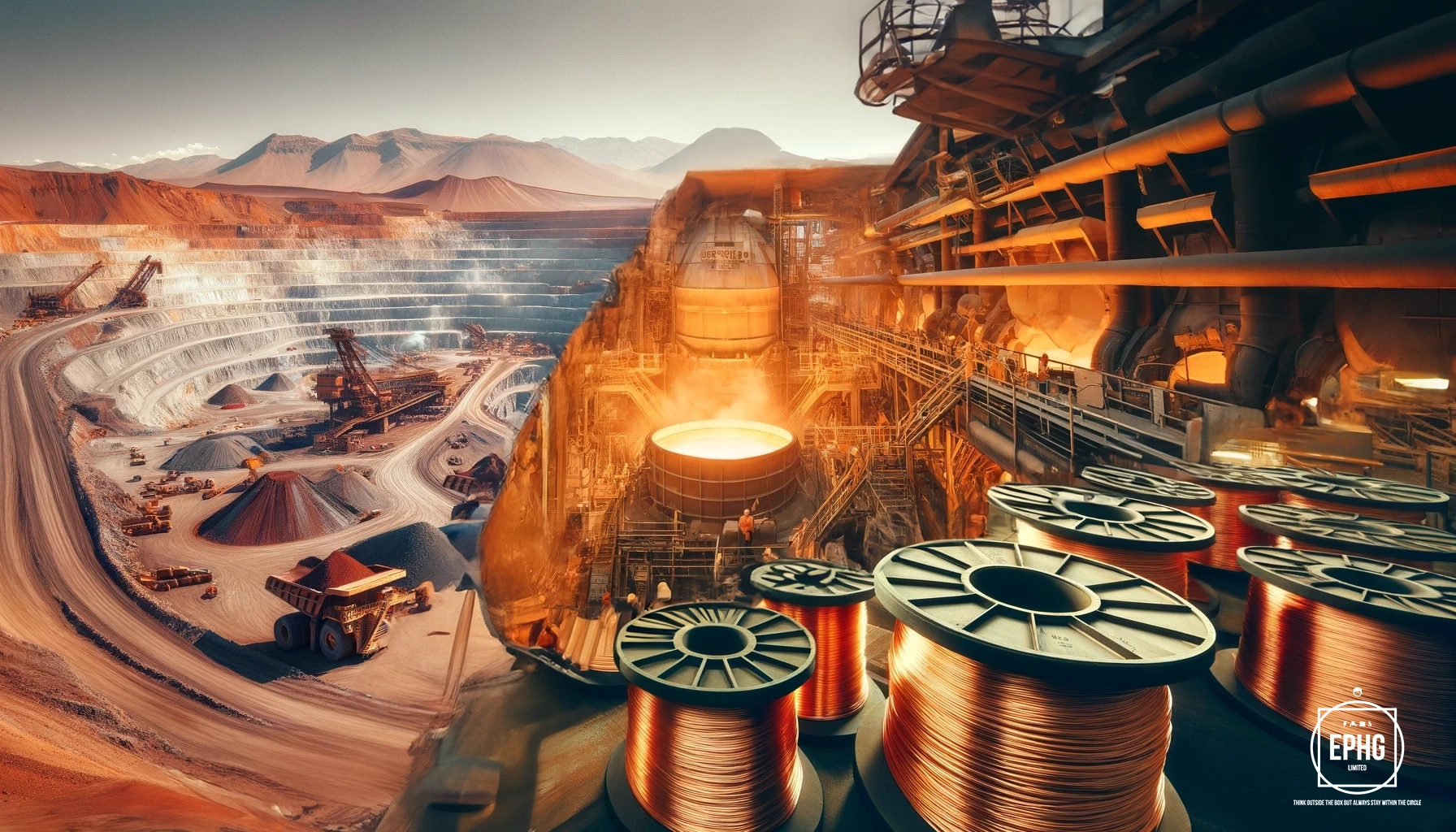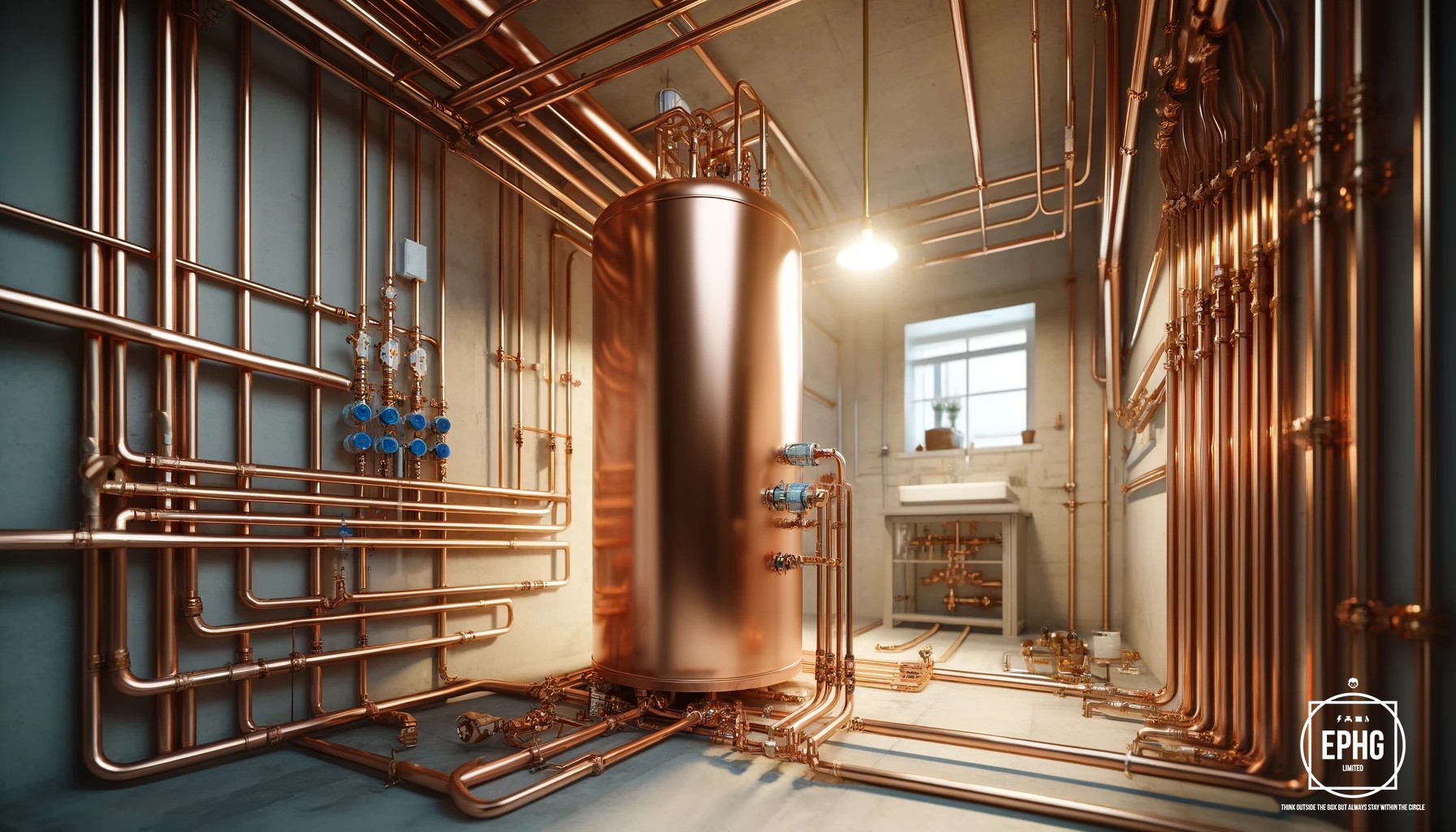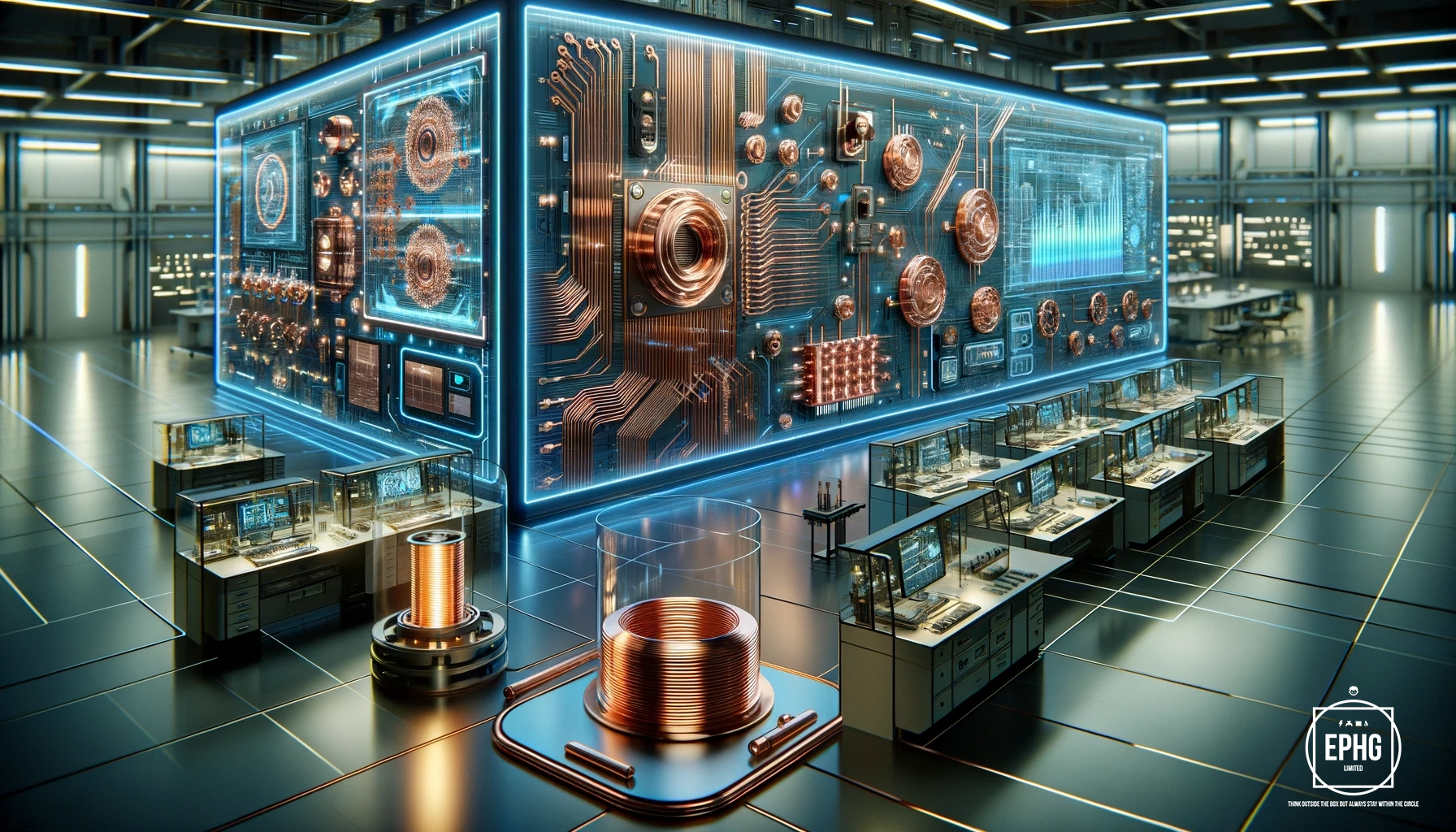The Essential Guide to Copper (Cu)
Introduction to Copper
Copper, symbol Cu, is a key metallic element known for its distinctive reddish-gold color and high electrical and thermal conductivity. This versatile metal is an essential resource used across various industries, from electronics to construction, and plays a vital role in the development of green technologies.
Discovery and Historical Significance

Copper is one of the few metals that can occur in nature in a directly usable metallic form. This led to its early discovery and use by many ancient civilizations. Historical evidence suggests that copper was first used around 9000 BC in the Middle East. The discovery of copper marked a significant technological leap known as the Copper Age, where it was initially used to create tools and ornaments.
Copper in the Periodic Table
In the periodic table, copper is located in Group 11, known as the coinage metals, along with silver and gold. This group is characterized by metals that are typically resistant to corrosion and oxidation, making them highly valuable. Copper has an atomic number of 29 and is classified under transition metals, notable for their ability to conduct electricity and heat.
Properties and Applications

Copper's excellent thermal and electrical conductivity makes it indispensable in electrical wiring, electronics, and motors. It is also highly valued in building material and plumbing due to its durability and malleability. Additionally, copper alloys, such as bronze (copper and tin) and brass (copper and zinc), are crucial for their enhanced properties.
Copper in Science and Technology
Scientifically, copper plays a critical role in various fields. It is essential in the synthesis of chemical compounds used in catalysis and in the production of alloys. In biology, copper is vital for the survival of many microorganisms and plants, playing a crucial role in the respiratory enzyme complex cytochrome c oxidase.
Conclusion

The importance of copper in modern technology and industry cannot be overstated. As we advance towards more sustainable technologies and greener economies, the demand for copper is expected to grow, highlighting its role as a cornerstone in the advancement of society.
Understanding Copper: Production, Uses, and Future Directions
How Copper is Produced
Copper production primarily involves mining and smelting. Copper ore is extracted from the ground through mining operations. Subsequently, the ore undergoes a series of chemical processes including crushing, grinding, and flotation to increase the copper concentration. Finally, smelting and electrolytic refining processes produce the pure metallic copper ready for industrial use.
Major Copper Mines and Associated Minerals

Significant copper mines include the Escondida in Chile, the Grasberg Mine in Indonesia, and the Morenci Mine in the USA. These mines often also yield other valuable minerals and metals such as gold, molybdenum, and silver. Commonly, minerals like gold and molybdenum are found alongside copper deposits.
Current Uses of Copper
Today, copper is extensively used in electrical wiring, electronics, and construction due to its superior conductivity and durability. It's also a crucial component in renewable energy systems such as solar panels and wind turbines. Additionally, copper's antimicrobial properties make it ideal for use in medical environments and in public transport systems to reduce the spread of disease.

In the plumbing industry, copper continues to be a favored material over alternatives like plastic due to several compelling advantages. Copper pipes are highly durable, resistant to corrosion, and can withstand high temperatures, making them ideal for both hot and cold water supplies. The material's reliability for long-term applications reduces the need for frequent replacements and maintenance, thus offering cost-effectiveness over time. Moreover, copper's natural antibacterial properties contribute to cleaner water delivery, further cementing its preference among plumbers for ensuring public and residential water safety.
The Future of Copper in Science and Technology

The future of copper in science and technology looks promising, particularly in the development of new alloys and composite materials that enhance its properties. Innovations such as high-efficiency motors, advanced electronics, and next-generation computing technologies heavily rely on copper. Researchers are also exploring copper's role in new battery technologies, which could revolutionize energy storage for electric vehicles and renewable energy systems.
Learn More
To explore more about the evolution of technologies utilizing copper and other materials, consider reading about the world's history of plumbing, which highlights the significant role of copper in modern sanitation systems.












